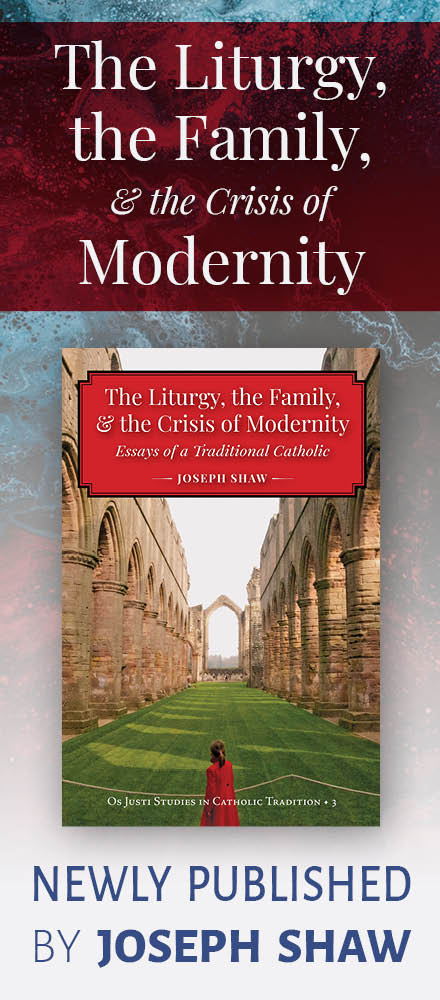Building upon last weeks post about English mediaeval rood screens where the painted images of saints yet still survive, the NLM has been pointed to more historical mediaeval liturgical art of England.
Here is some information and some images from the 13th century Westminster Retable:
The Westminster Retable is acknowledged to be one of the most important surviving examples of panel painting from 13th century England. It returned to the Abbey in 2005, following conservation work just after celebrations to commemorate the 1000th anniversary of the birth of Abbey founder, Edward the Confessor.
The Retable measures three feet by 11 feet and is constructed of oak. It was painted using linseed oil on a gesso ground – probably between 1270 and 1280. The Panel includes an image of St Peter the patron saint of Westminster Abbey (pictured), four small medallions depicting the Miracles of Christ (the raising on Jairus’ daughter, the healing of the blind man, the feeding of the 5,000 and another totally defaced subject), and full length figures in the centre depicting Christ holding a globe of the world, flanked by the Virgin Mary holding a palm, and St John the Evangelist. Although revered today – the Retable hasn’t always been so well looked after. After the Benedictine Abbey was dissolved in 1540, it managed to survive both the Reformation and the Civil War but in the 18th century the two right hand panels had most of their medieval paint removed and were covered in grey and white paint. In 1725 the antiquarian George Vertue discovered the Retable being used as the top of a cupboard housing the Abbey’s collection of funeral effigies in the Islip Chapel.
It was not until 1827 that Edward Blore, the Abbey Surveyor, re-discovered it and steps were taken to preserve it in a glass-fronted frame.
Here are some images:
(St. Peter)
(The Feeding of the Five Thousand)




















